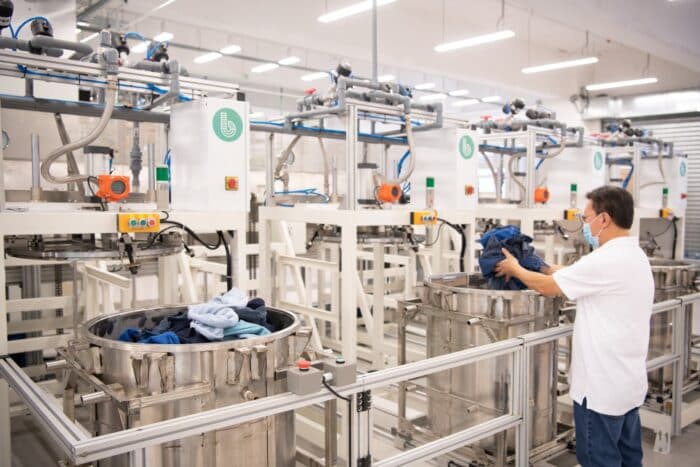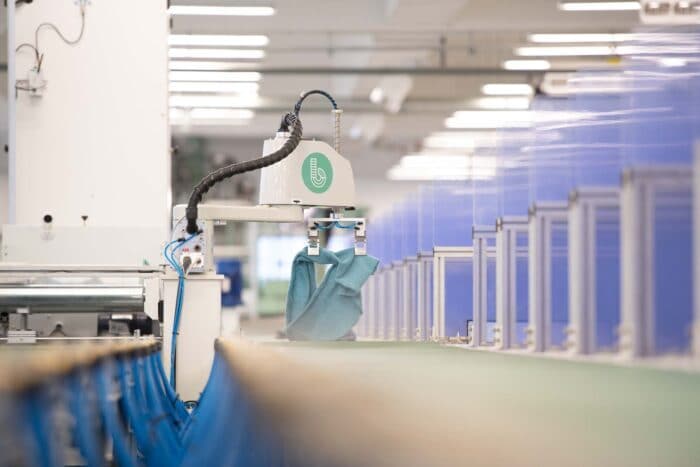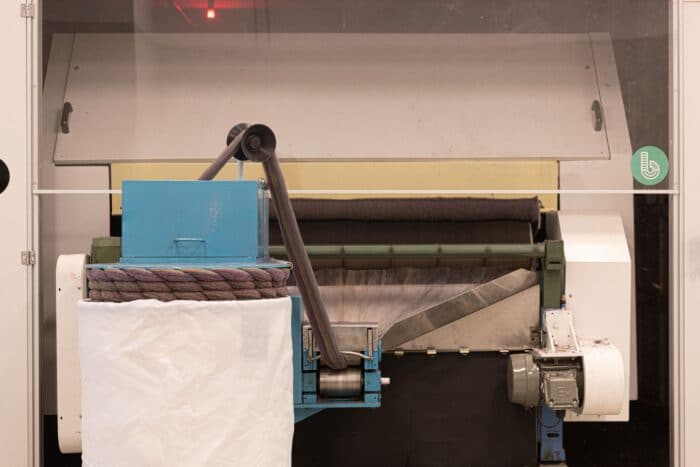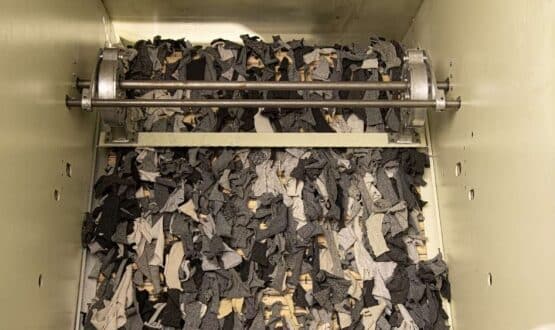
The Billie System and Sustainable School Uniforms
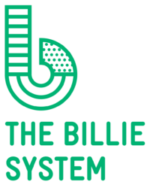
In Hong Kong, an estimated 2.5 million uniform items are purchased by school students every year. When students outgrow their uniforms, or when the school decides to make changes to it, many items end up in landfills. Because of the high turnover of new uniform items, school uniforms are, in effect, a kind of mandated fast fashion.
Most school uniforms are made from a composition of two or more fibres such as cotton and polyester, making it incredibly difficult to separate and recycle. Due to the lack of textile recycling facilities, most uniforms end up in landfills where they can take thousands of years to decompose. According to the Ellen MacArthur Foundation, more than USD 500 billion of value is lost annually due to clothing underutilisation and the lack of recycling.
The Billie System was launched in Tai Po, Hong Kong in 2018. It is an innovative waterless system that strives to provide a meaningful impact to one of the biggest problems for the fashion and garment industry – textile waste.
To help address the challenge of school uniform waste, The Billie System provides a recycling solution for obsolete uniforms that can’t be reused or donated. While most recycling processes require high volumes of water and chemicals to make useable yarns, The Billie System combines new and existing technologies to create a waterless solution for recycling textile waste, lowering harmful effects to the environment.
Schools may also choose to purchase tailor-made upcycled products from The Billie Collection which features sustainably crafted stationary pouches and laptop sleeves for students, among other lifestyle accessories. This is a way for schools to keep their uniforms out of landfills and engage in a closed-loop, circular economy.
